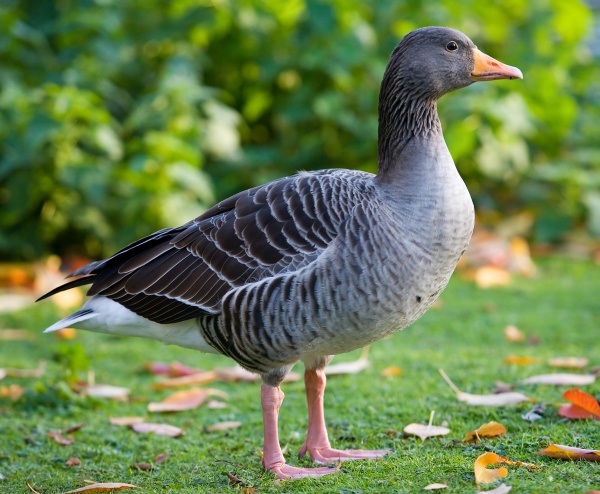Facts About Greylag goose
The greylag goose, a large bird belonging to the Anatidae family, serves as the type species of the genus Anser. Recognizable by its mottled grey and white plumage, bright orange beak, and pink legs, this goose typically measures between 74 to 91 centimeters in length and weighs around 3.3 kilograms.
Found across Europe and Asia, greylag geese migrate southward as winter approaches. They nest in diverse habitats, form lifelong mating pairs, and rear their young collaboratively. Domesticated since at least 1360 BC, the greylag goose is the progenitor of the domestic goose.
Classified under the genus Anser, the greylag goose has two recognized subspecies. They sometimes interbreed with other goose species and even with mute swans. Their greyish-brown plumage and monogamous nature make them easy to identify. Herbivorous in diet, greylag geese feed on grasses, grains, and various plants, and exhibit both homosexual and heterosexual pairings within their flocks.
These birds have a broad presence across the Palearctic region, breeding in northern Europe and parts of Asia before migrating to warmer areas for the winter. Climate change has recently influenced their migration patterns. In some locales, greylag geese have become invasive, posing challenges for farmers due to their grazing habits. Culturally significant, they have been revered in ancient civilizations and frequently appear in folklore and traditions.

 China
China